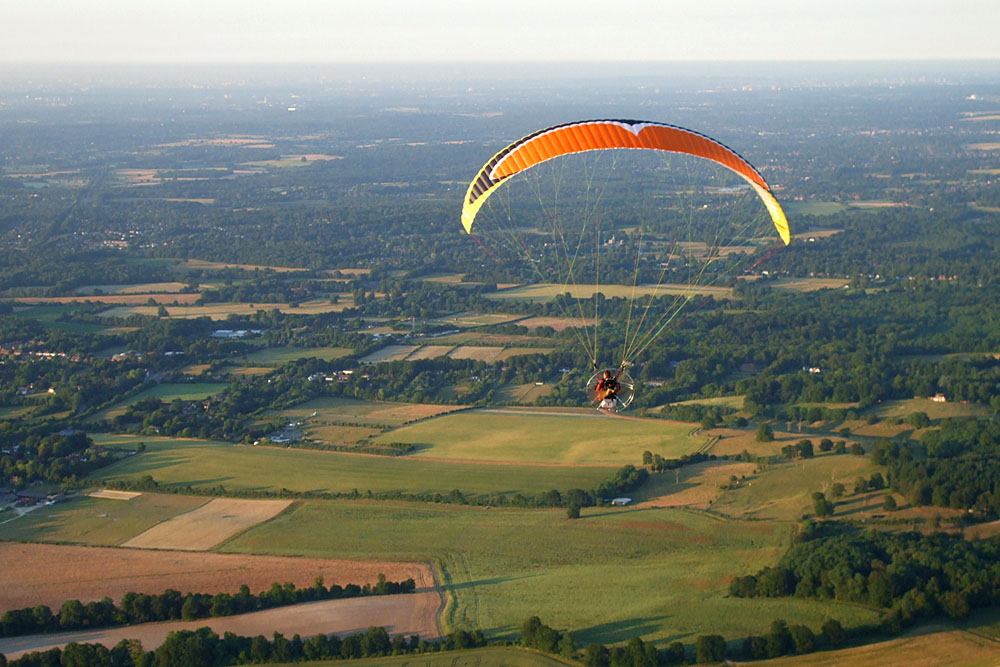

In addition to this, there is also the cost of fuel to fly, which is not very excessive. It is necessary to count between 5500€ and 8000€ for paramotor harnesses and between 800€ (even more) for paramotor carts. Then there is the price of the paramotor, which varies according to the model and the type of paramotor you choose: harness or cart. The cost of the basic equipment: glider, harness, rescue, helmet. The equipment is almost identical with the exception of the paramotor. What is the difference in cost between paragliding and paramotoring?Īs we have seen, there is a great proximity between these two sports. Of course, this is also strongly recommended for paragliding for logical reasons of safety, even if the regulations do not make anything compulsory It is therefore necessary to go through a training course in a paramotor school to be able to practice paramotoring. Unlike paragliding, it is necessary to have a pilot's licence attesting to a certain theoretical and practical basis issued by the Direction Générale de l'Aviation Civile.More expensive than a paraglider: indeed, there is of course the cost of buying the paramotor and the fuel consumption in addition.More cumbersome than a paraglider: logical if there is an extra motor.Possibility to fly only in calm wind like a paraglider: maximum wind between 25 and 30 km/h.A little more physical at take-off than a paraglider: mainly due to the weight of the equipment.Possibility to cut the engine when you want, in the air, to enjoy a more peaceful flight while gliding, like in paragliding.No need for favourable aerological conditions and thermals to climb to altitude.Possibility to take off from any open area (with permission from the owner of the launch site of course).Anyone can do it, regardless of age, size, physical condition.The smallest motorized machine in the world to fly.Advantages and disadvantages of paramotor compared to paragliding: Advantages:


 0 kommentar(er)
0 kommentar(er)
